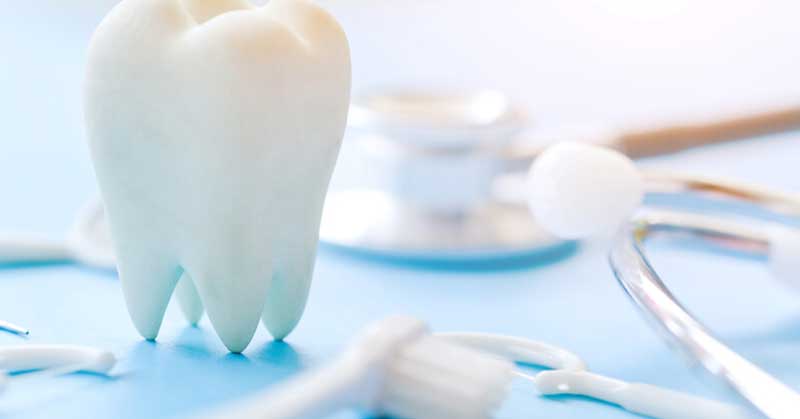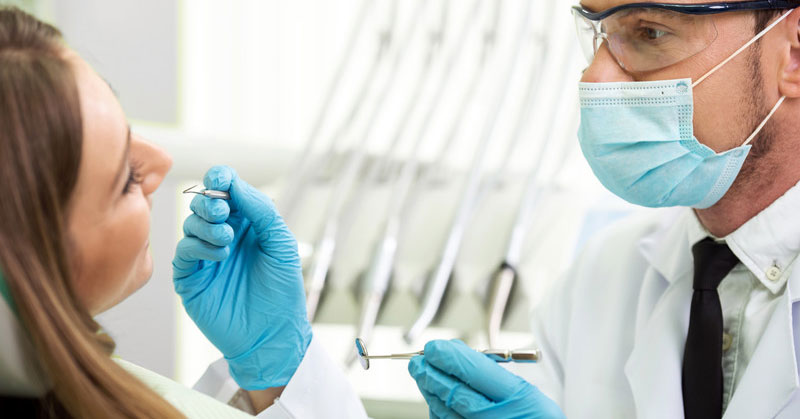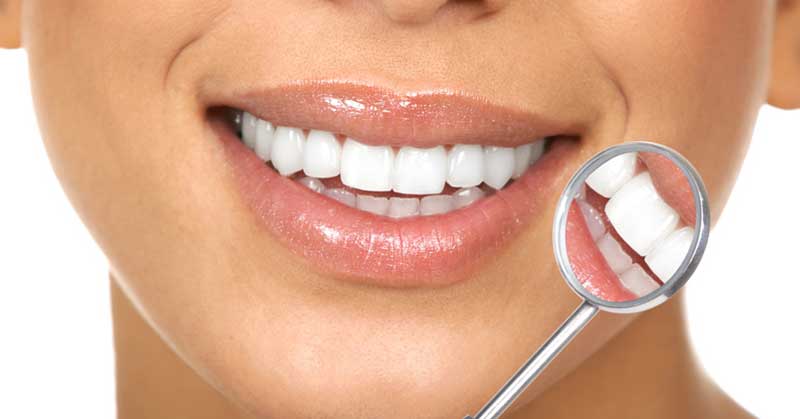Most people would agree that it’s easier to start a new habit rather than break an old one. Fortunately, when it comes to maintaining good oral health, there are several daily habits that are actually good for your teeth and gums. If you don’t already practice these habits, there’s no better time to start than the present!
- Practice good oral hygiene habits every day. Brush at least twice and floss at least once – every single day. If you want to up the ante with regard to oral hygiene, use a water flosser once a day and rinse with an anti-bacterial mouthwash once or twice throughout the day. Following these healthy daily habits will greatly increase your chances of enjoying good oral health.’
- Eat a healthy diet. Eating a plant-based diet with plenty of low-fat protein choices and very little sugar is not only good for your overall health; it’s good for your oral health as well. Instead of snacking on candy, choose a crunchy fruit or vegetable, like an apple or celery. Instead of drinking soda or a sports drink, sip on water throughout the day. If that water comes from the tap in a community with fluoridated water, it’s even better!
- Chew sugar-free gum. Lots of people feel the need to chew on something while they’re working, studying, or doing some other task that they engage in throughout the day. If you feel the need to chew, sugar-free gum is a great option. Not only does it keep you away from unhealthy things to chew on – like ice or hard candy, for example – but the chewing motion actually helps to clean your teeth and stimulates the production of saliva. The saliva produced inside our mouths helps to keep our gums hydrated, wash away any leftover food particles, and maintains a healthy pH balance.
- Wear a mouth guard. If you play sports, engage in any type of active hobby, or have problems with grinding your teeth while you sleep, wearing a mouth guard can prevent your teeth from becoming broken, cracked or worn down. You can buy a generic mouth guard in any sporting goods store, but a better choice is to ask your dentist to create a custom-made version for you.
- Visit your dentist at least twice a year. Don’t postpone your scheduled visits for oral exams and professional cleanings. Most people need to see the dentist twice a year to maintain good oral health. If you are more prone to cavities or gum disease, you might need to see your dentist more often than that.
Enjoying a lifetime of good oral health isn’t as difficult as it may sound. Adopt these good habits, and you’ll be well on your way to many years of healthy teeth and gums.





















